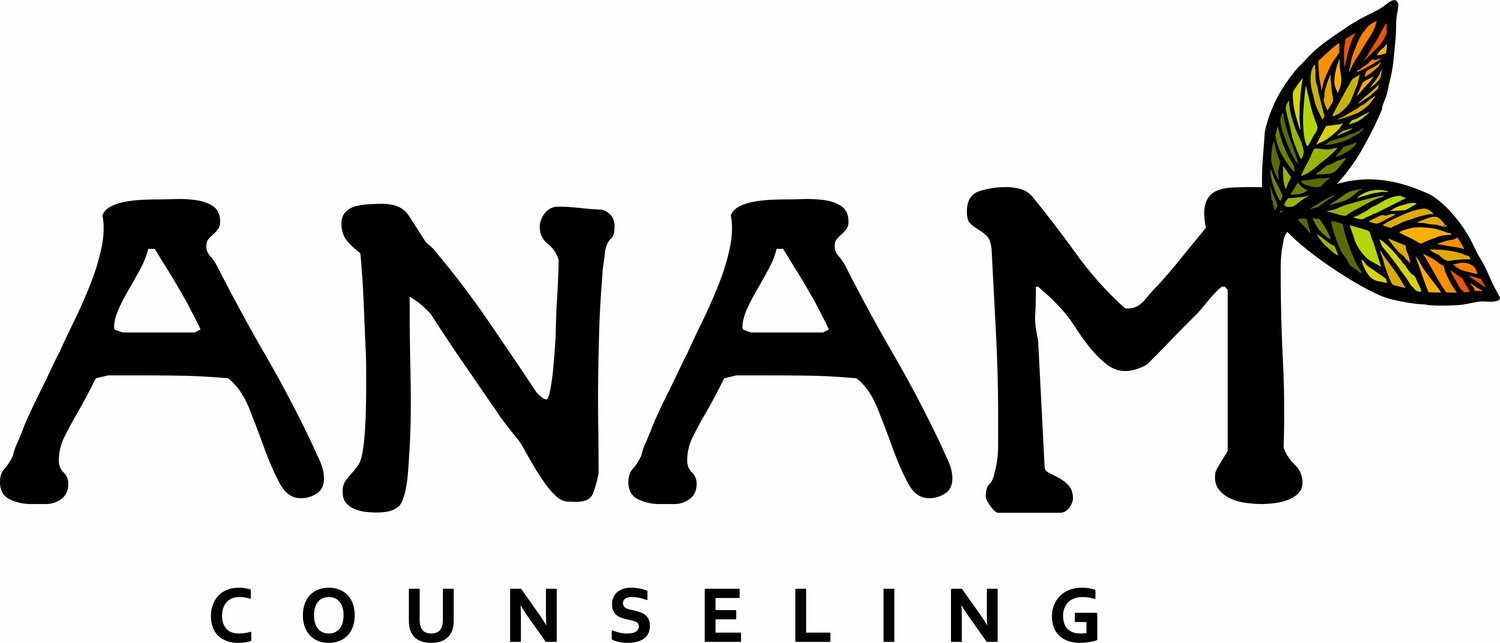Part 1 in a 2-part post about risk factors and prevention for Perinatal Mood and Anxiety Disorders. Part 1 is meant to be a list of risk factors, and in part 2 we’ll talk about what to do if you find yourself with a couple or more of these risk factors.
Early in my career, I was at a conference listening to a panel of survivors of postpartum depression, anxiety, and OCD. One of the survivors said, “If only anyone had told me while I was pregnant that I personally could check off 10 on a list of 15 risk factors for developing postpartum depression, I would have gotten help a lot earlier and maybe all of this could have been prevented.” That was a real lightbulb moment for me and it’s informed how I practice ever since.
If a pregnant person gets told at all about Perinatal Mood and Anxiety Disorders, they’re often only told what to look for after the PMAD has already developed. But because we know that an ounce of prevention is worth a pound of cure, it’s vitally important for all pregnant folks to know about factors that put them in a higher risk category for developing a PMAD. As a Certified Perinatal Mental Health Therapist, my wish would be that every midwife, OB, doula, childbirth educator, lactation specialist, prenatal yoga teacher, or anyone who comes in contact with pregnant people shares this list of risk factors so folks know to be prepared with resources.
So what puts a person in a higher risk category for developing a perinatal mood and anxiety disorder? Here is a list of some things we know increase the chances:
Any previous history in themselves of depression, anxiety, OCD, bipolar disorder, or any other mental health concern
A history of having had a PMAD with any previous pregnancy/birth
If their biological mother had/has depression, anxiety, bipolar, OCD, or any other mental health concern
If their biological mother had a PMAD with any of her pregnancies/births
A history of childhood sexual abuse or trauma
If there is current emotional or physical abuse in their intimate partner relationship
If they or the people who love them would describe them as any of the following: a “type-A personality”, “perfectionist”, “control freak”, or someone who has very high expectations and standards for themselves
A history of severe PMS or Premenstrual Dysphoric Disorder or other heightened emotional sensitivity to hormonal changes
Any sort of recent major life stressors - a move, a new job, a relationship change, financial difficulties, etc.
If a person lacks social support
If the pregnancy was unplanned/unwanted
Teen moms
Black moms, Indigenous moms, and Women of Color due to systemic oppression and racism
People with thyroid disorders
People with Type I Diabetes
People experiencing lack of financial/employment security, or those experiencing homelessness
People who experienced fertility struggles or reproductive losses such as miscarriage
And here are some factors that have more to do with the pregnancy/birth/baby:
If there was a difficult pregnancy such as those with hyperemesis gravidarum
If there was ever any perceived or real risk to the fetus during pregnancy such as worry about a potential or actual diagnosis
If the birth is experienced as traumatic
If there is any NICU/special care nursery stay for baby
Parents of multiples - twins, triplets, or more
If the person desires to breastfeed but is unable to or experiences breastfeeding difficulties
If baby is colicky or otherwise “high needs”
This list is not comprehensive but it represents much of what we know in the perinatal mental health world about who might be at risk. Because PMADs are the most common complication of pregnancy and childbirth, everyone should be aware of these factors. Look for part 2 of this post where I’ discuss what you can do if you’ve identified yourself in any of these risk factors.

